I first came across Alessio Tasca’s work in 2007 in an exhibition near Florence titled ‘Concreta’ (curated by an Italian Ceramic Center called La Meridiana), a wordplay that holds together ‘concreto’, (Italian for concrete: existing in a physical form) and ‘creta’ one of the words we use for clay in Italy.
The work exhibited consisted of large pieces of clay forced through an extruder. I later learned that Tasca engineered those massive extruders after observing industrial brick production. His stoneware sculptures were big and heavy. The clay body was rough and groggy, shapes distorted and sometimes cracked by high temperature firings.
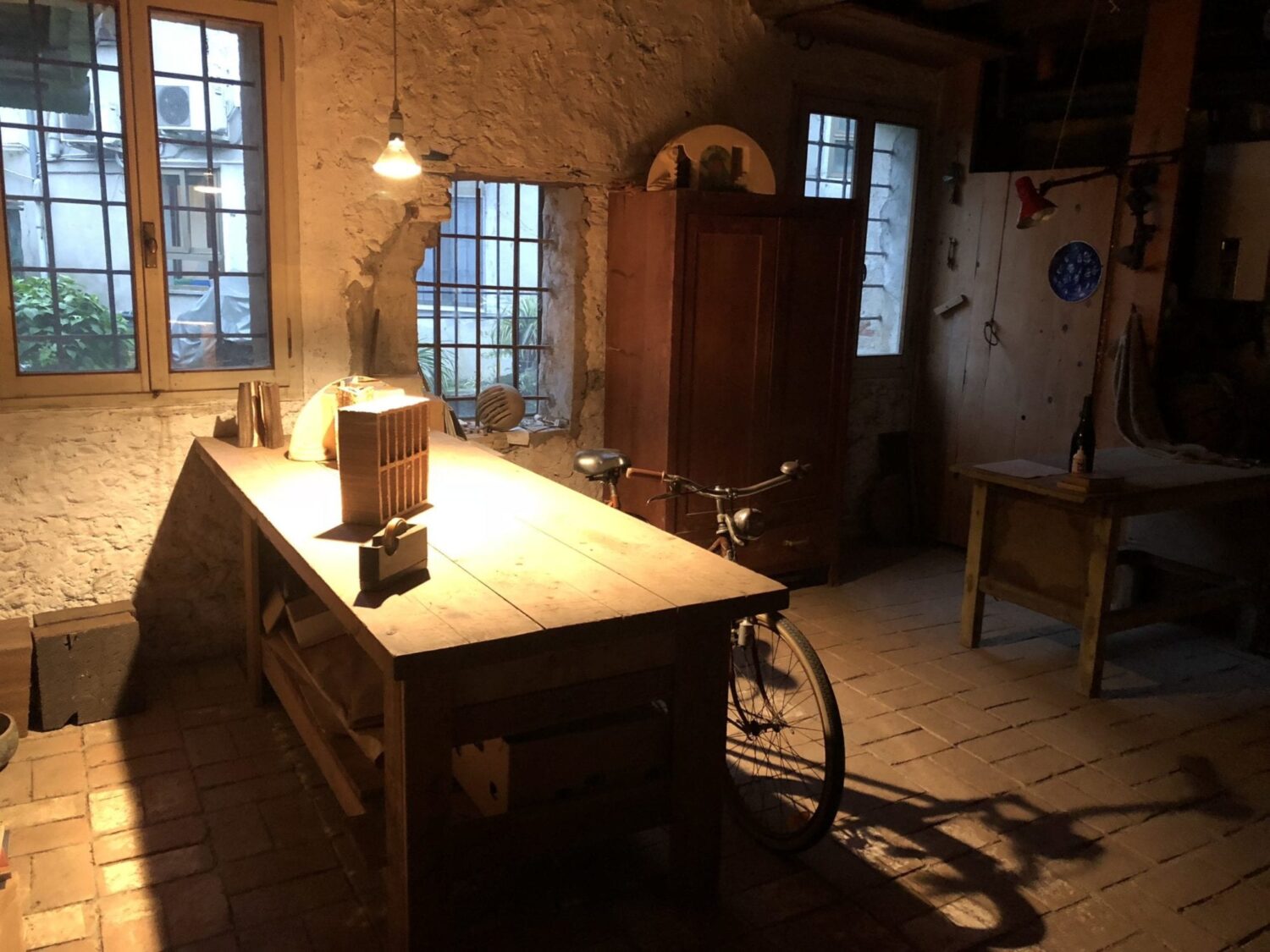
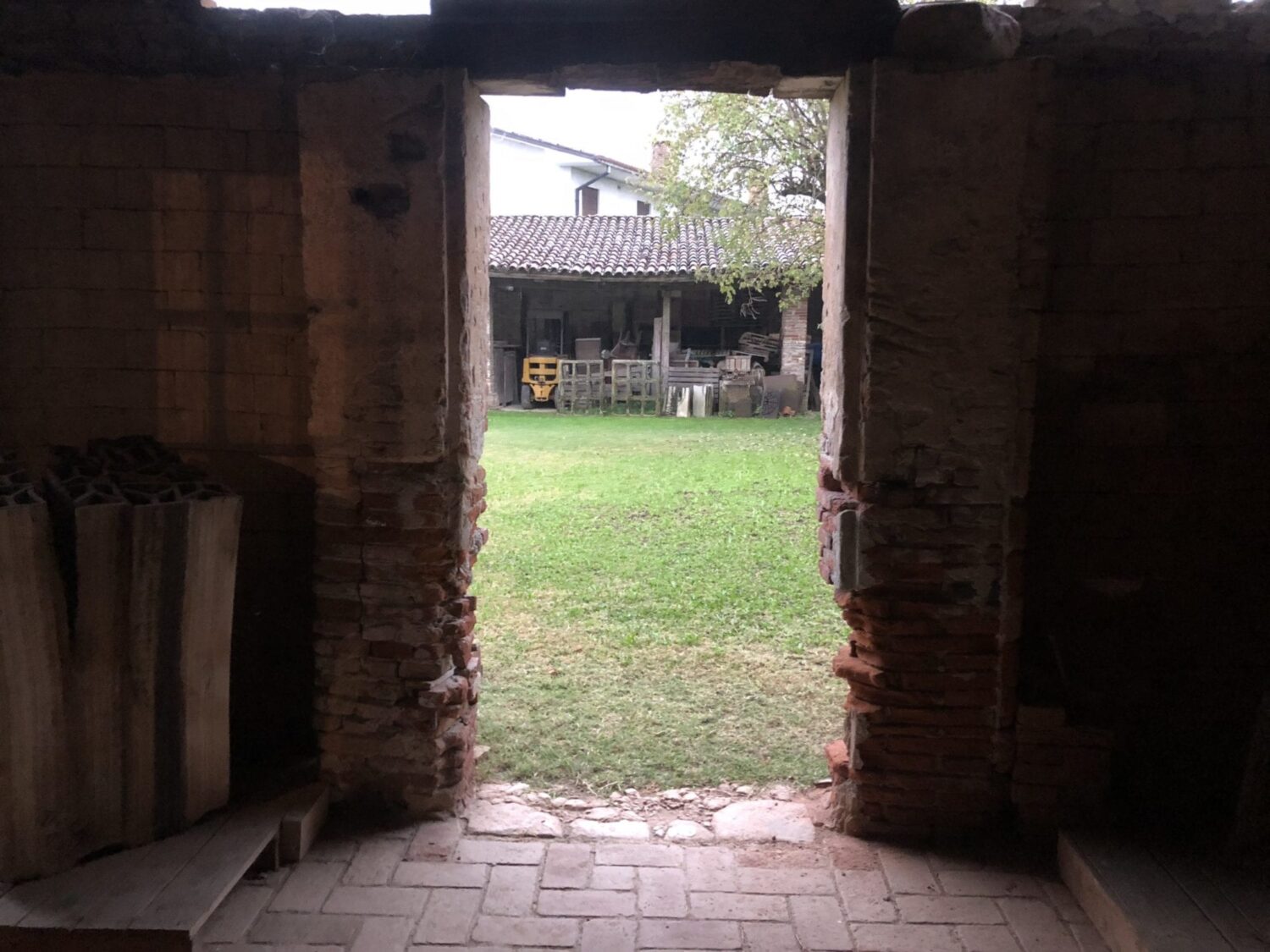
Although there’s a lot of conceptual and engineering work behind them, their presence evokes a natural phenomenon. Tasca formulated an equation of handless claywork so some of his pieces, those I like the most, look happened more than made and present a form of levity and grace in spite of their gravity.
His career spans many decades moving between functional work, sculpture and design and shouldn’t be only defined by his extruded sculptures. The first person to take an interest was Gio Ponti, who was fascinated with his glazes and folk figuration.
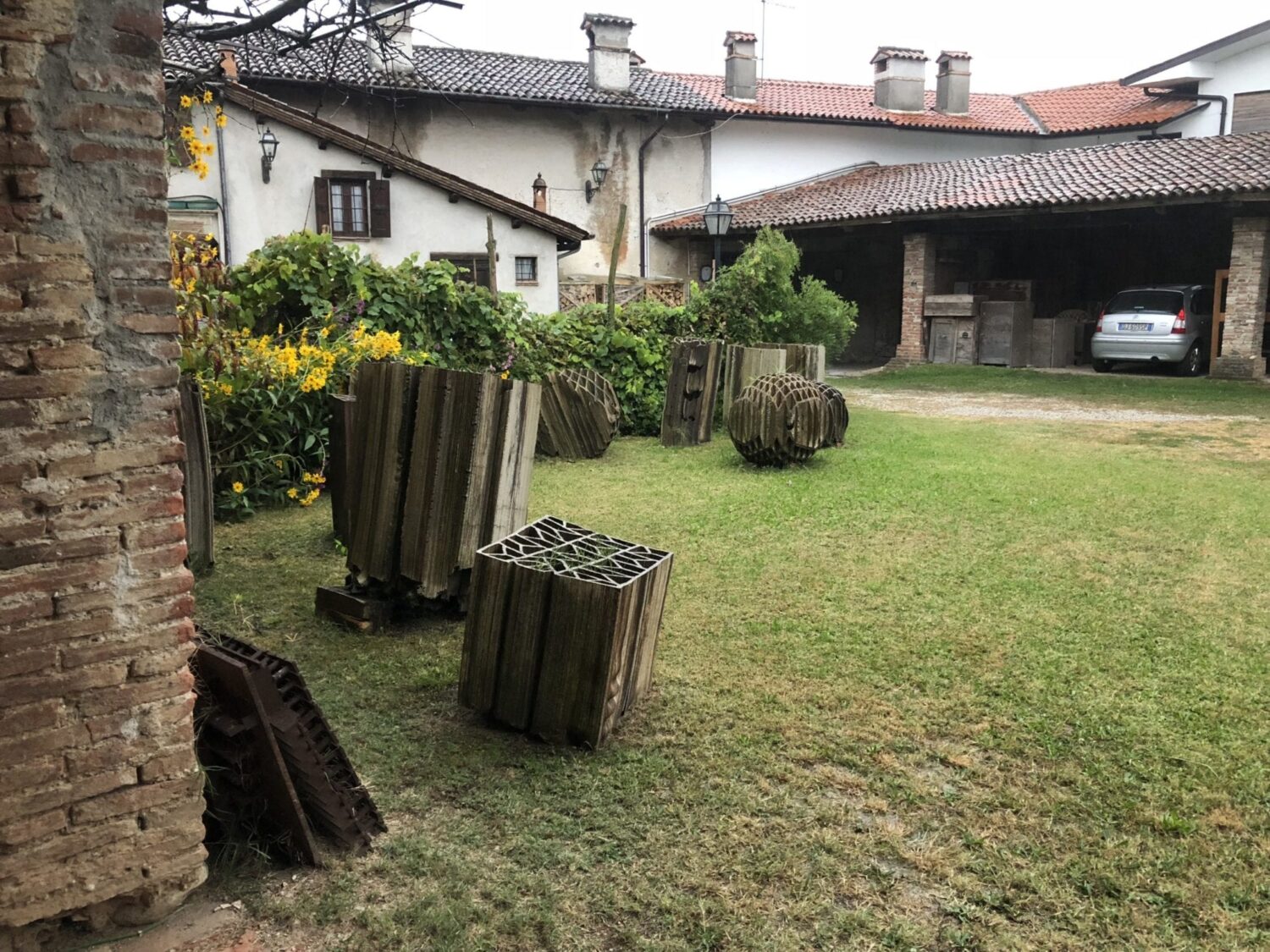
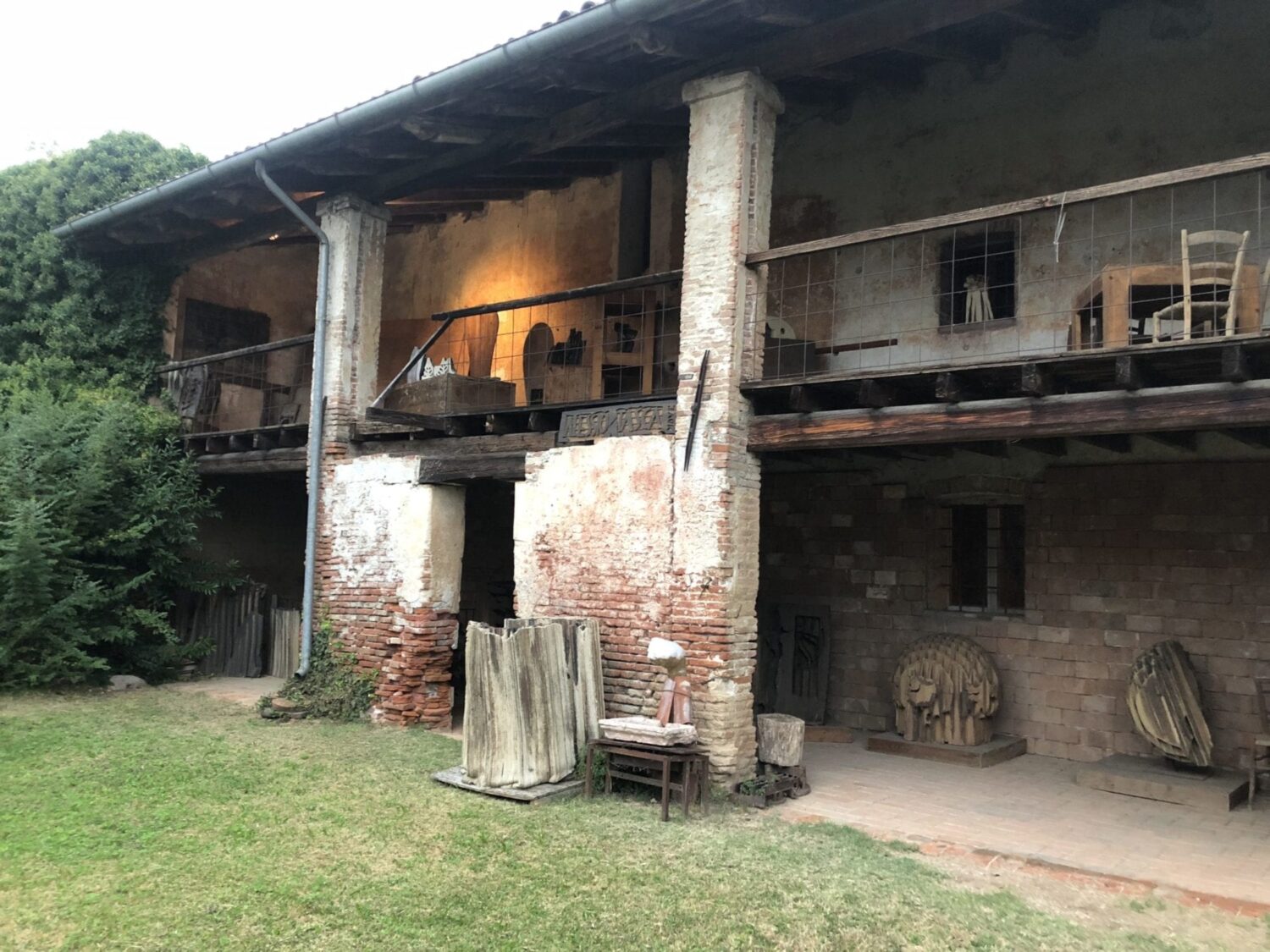
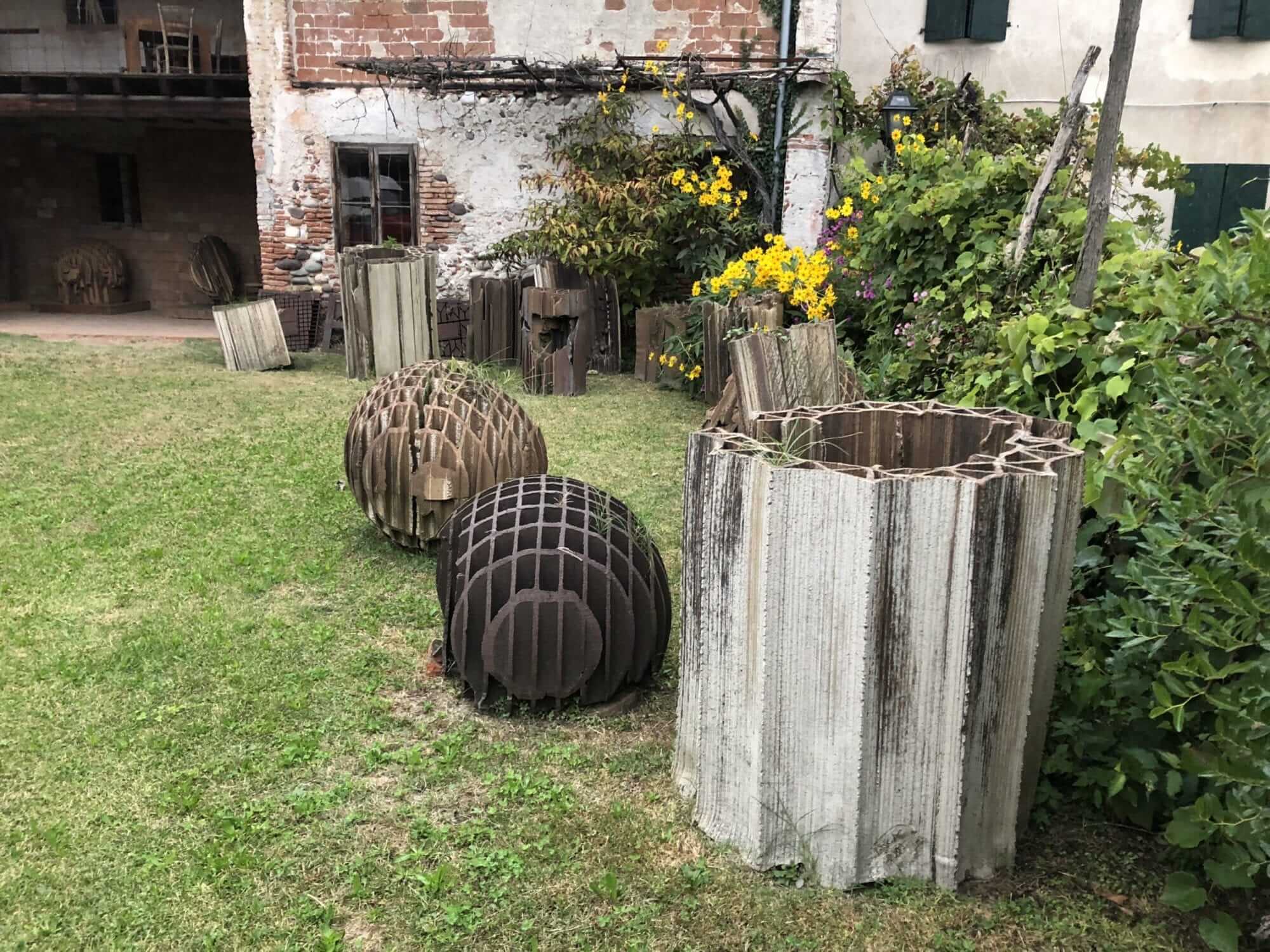
One important factor in Tasca’s varied production and his choice of clay as a main medium was Nove, a small town in the region of Veneto, that used to be (and partly still is) extremely rich in ceramic manufacturing.
Its history starts around 1700-1750, when Nove established and became the main provider of Rococo ceramics, having developed a porcelain recipe, for the Republic of Venice.
I understood more about that territorial connection through a young Italian Ceramic Artist called Paolo Polloniato, also from Nove, that I met in Faenza’s MIC when we both exhibited in Ceramics Now in 2018.
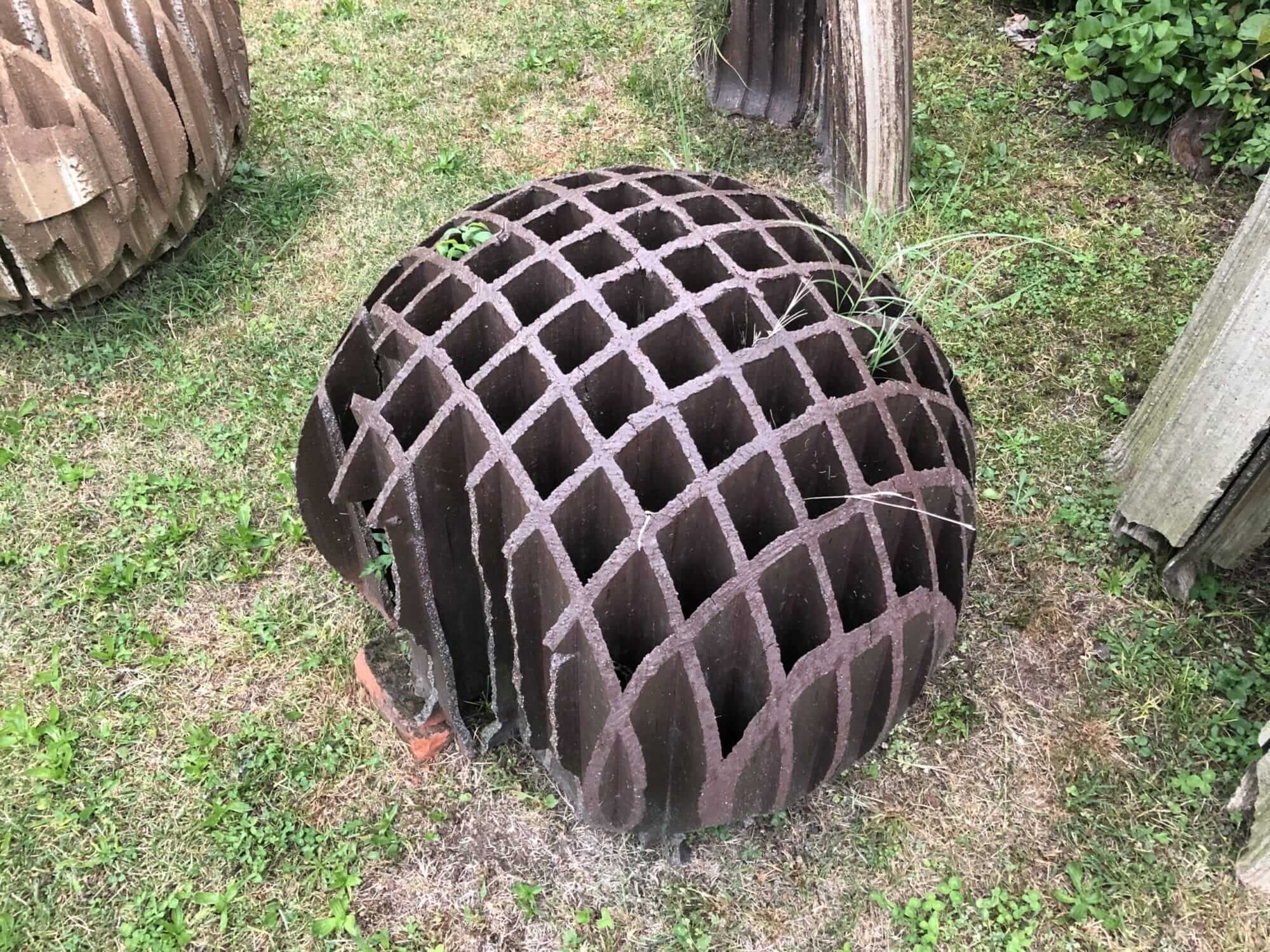
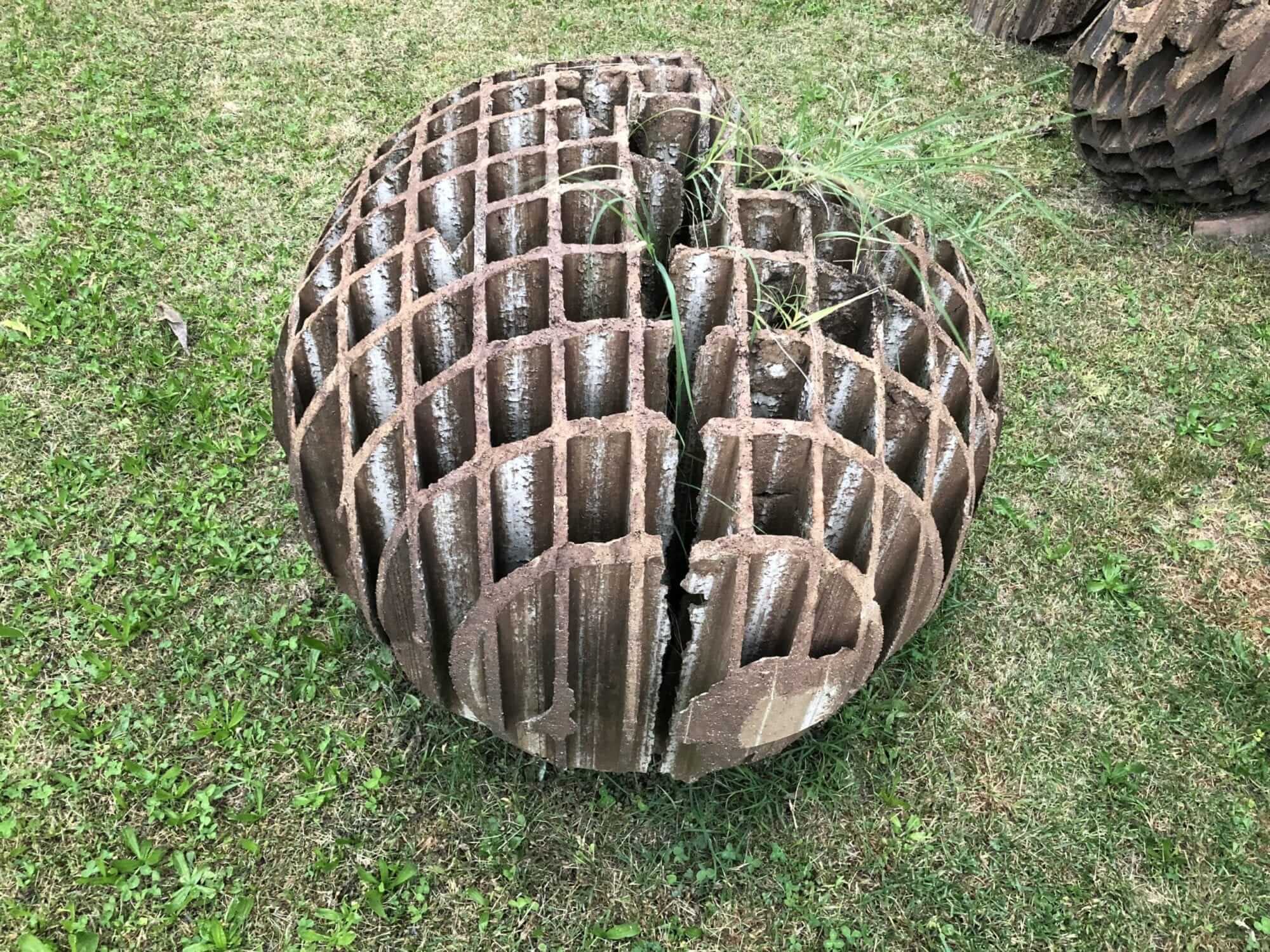
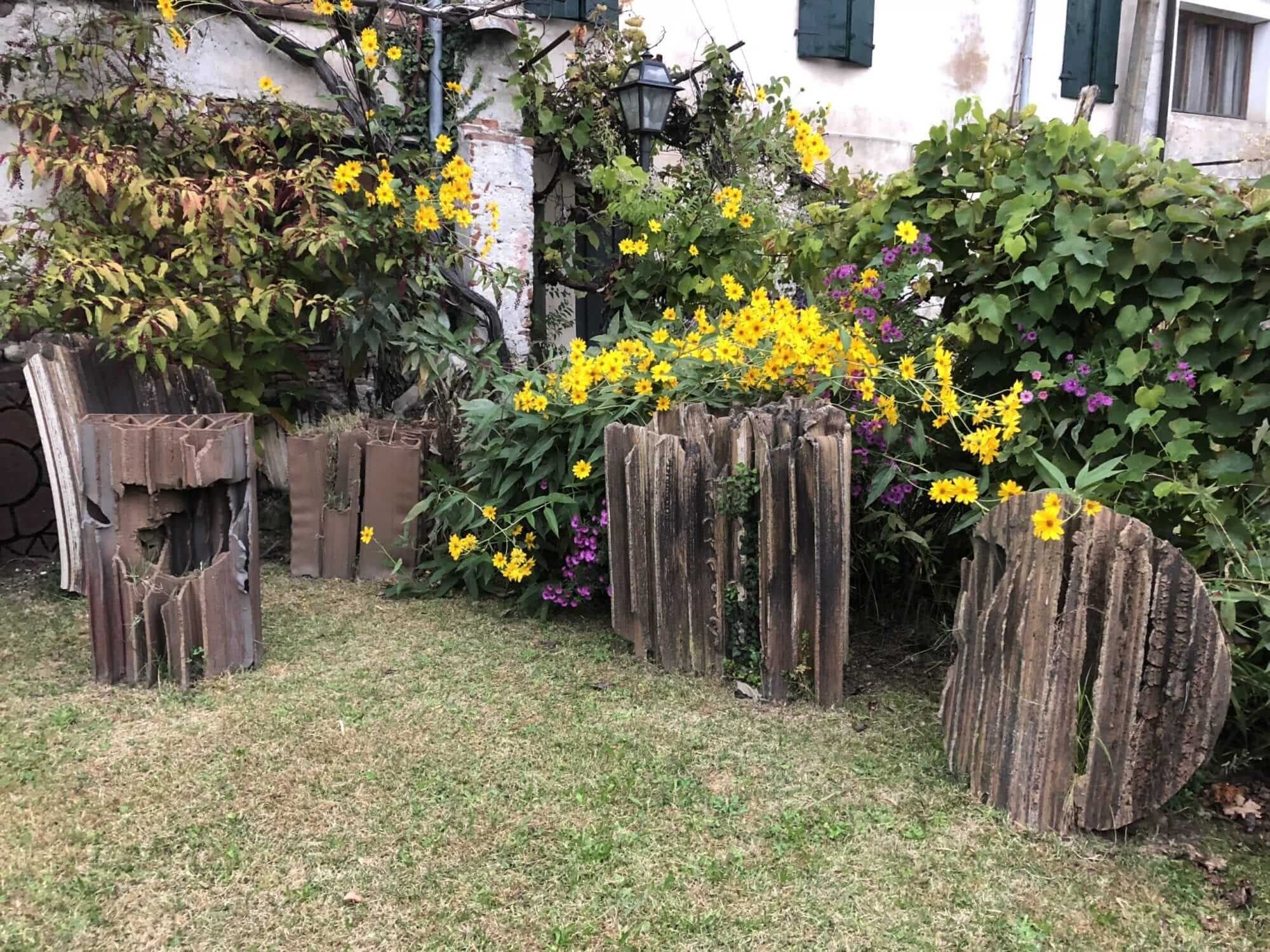
Polloniato comes from the Maestri Artigiani family, working with Ceramics for over two centuries. He manipulates antique techniques and historical molds juxtaposing Nove’s past glory days and commenting on the decay that followed the market boom of the 1950’s and 60’s, when Nove catered for the newly opened American Market.
Polloniato was friends with Tasca and saw him as a mentor, so after visiting Paolo’s studio in Nove I asked him to take me to Tasca’s old home and studio, a Cascina (farmhouse) that he shared for the most part with his wife, Lee Babel, a very talented artist herself,. They collaborated on many works.
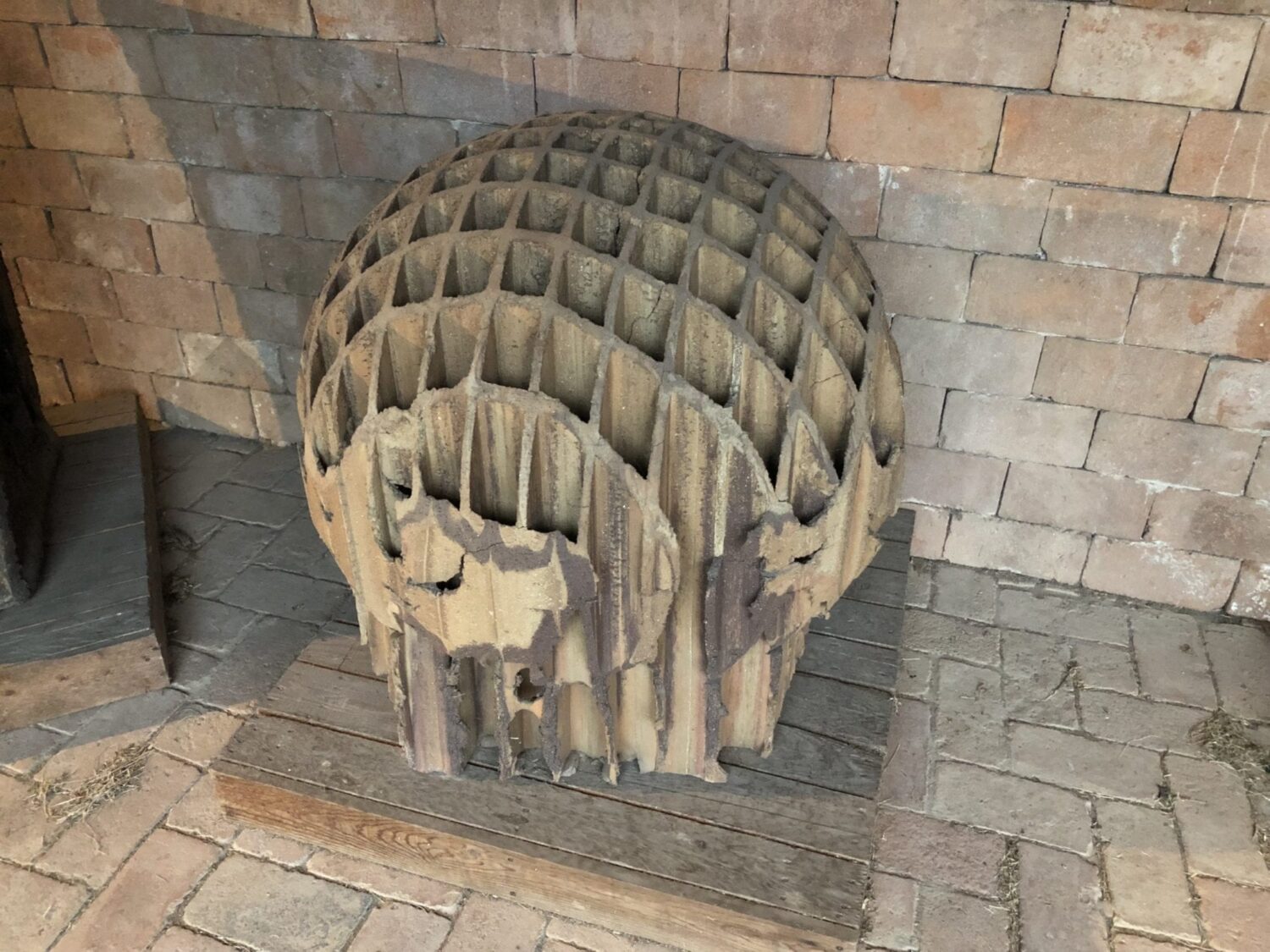


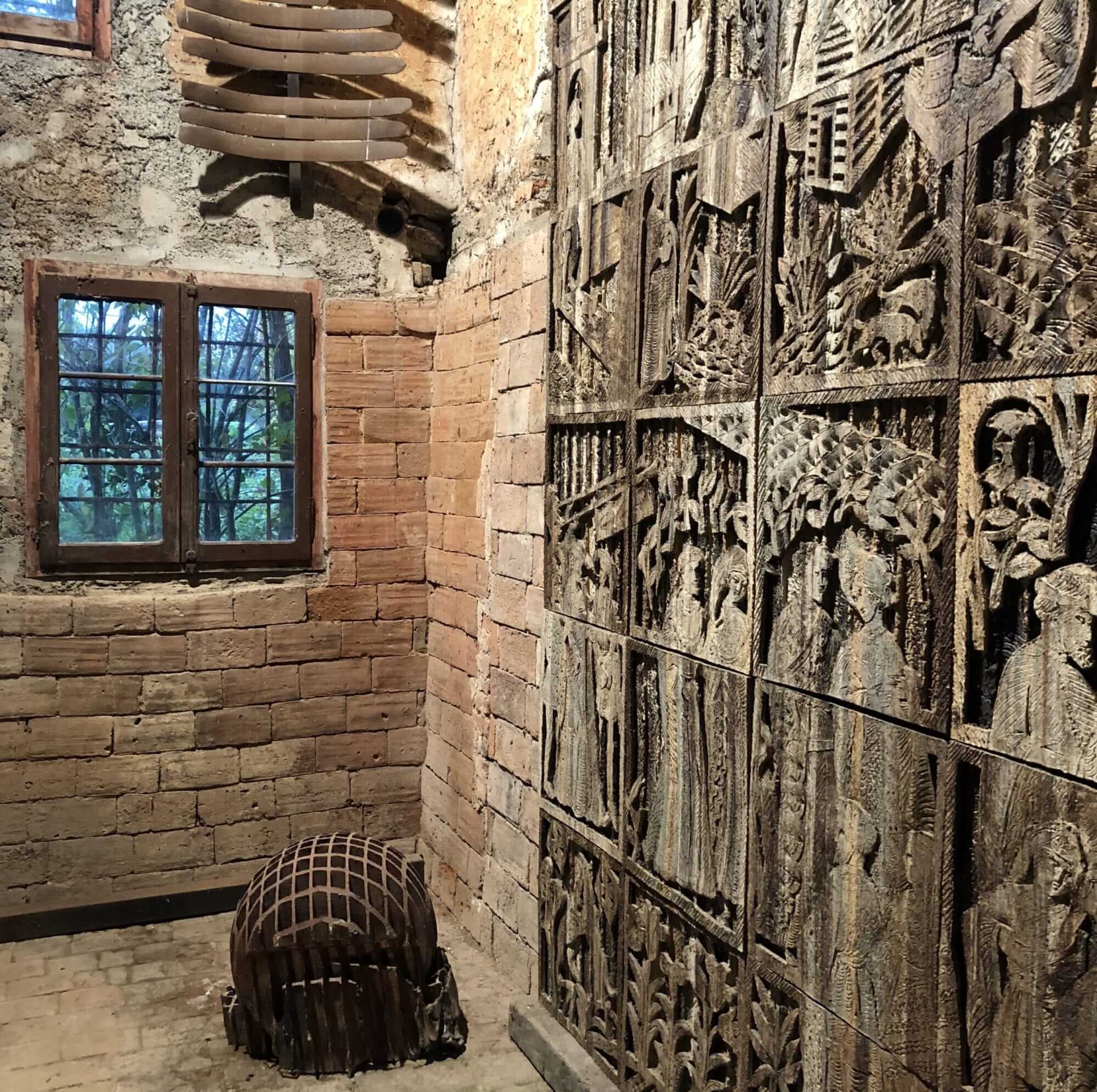

Visiting Nove offered insights into Tasca’s connection to labor, farming and industry, features of his land. He developed ideas of medium specificity and relinquished artistic control over a piece, a form of reverence to clay as a material. In fact he was proudly defining himself as a ‘Ceramista’.
Some sculptures like the white glazed spheres are more controlled and designed, while others are preserved and presented as they came out of the extruder and then fired at high temperatures. He mixed theories originated in post war ‘Arte Informale’ tradition, championed in clay by Leoncillo Leonardi and Fontana, with self-reflecting conceptual currents in the late 60s and 70s, putting ‘materia’ (matter) as the main subject of his work.
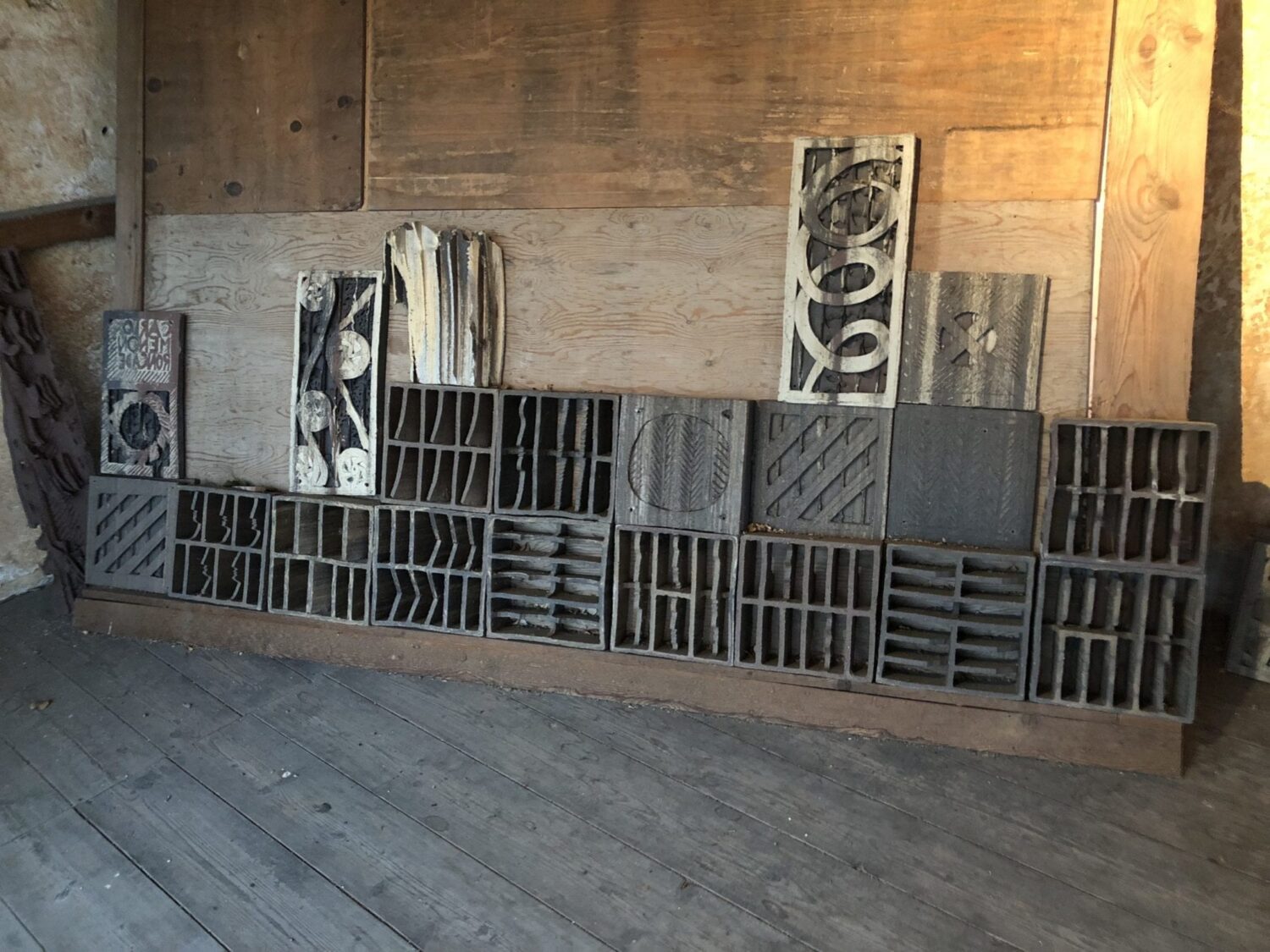
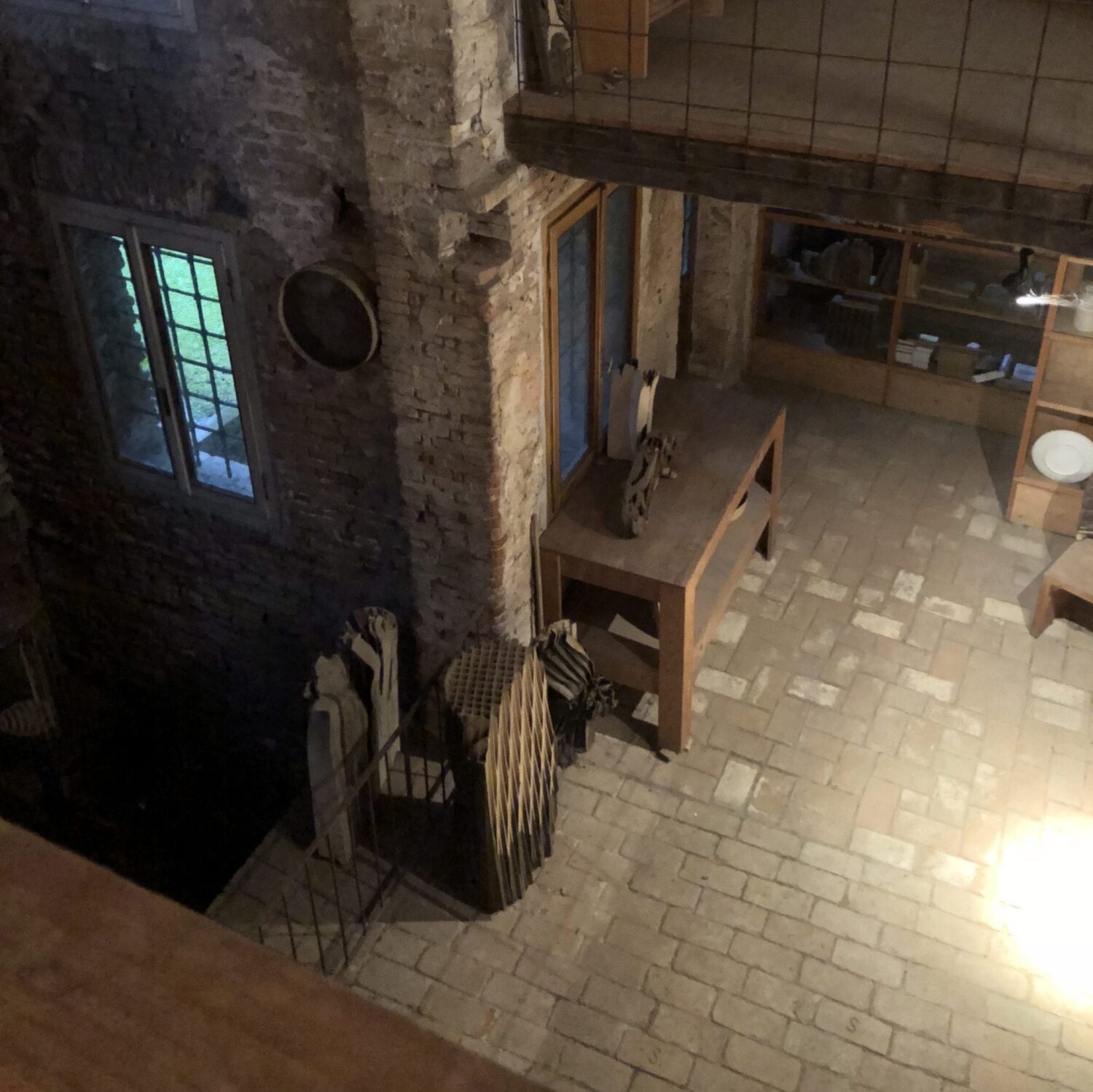
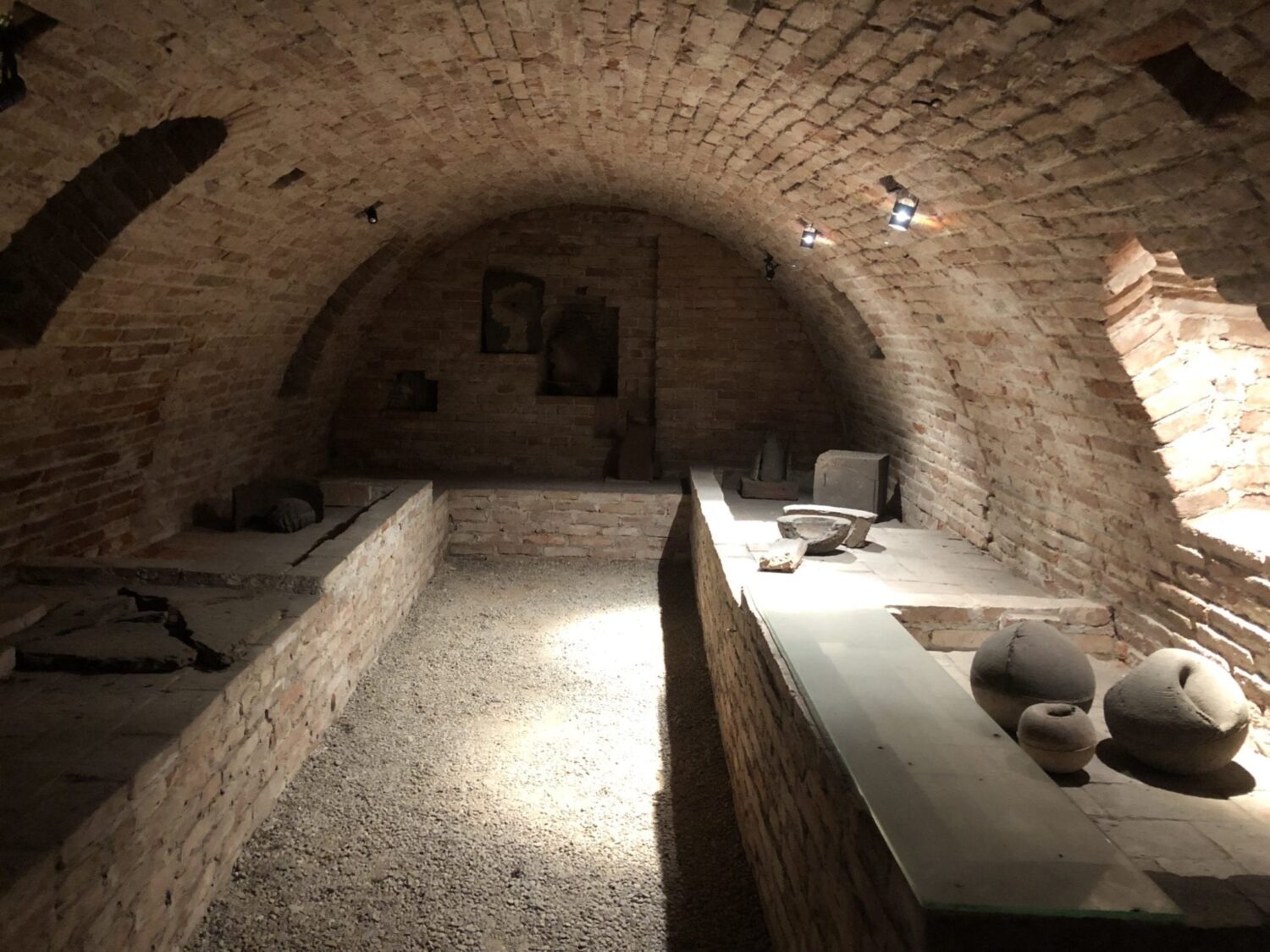
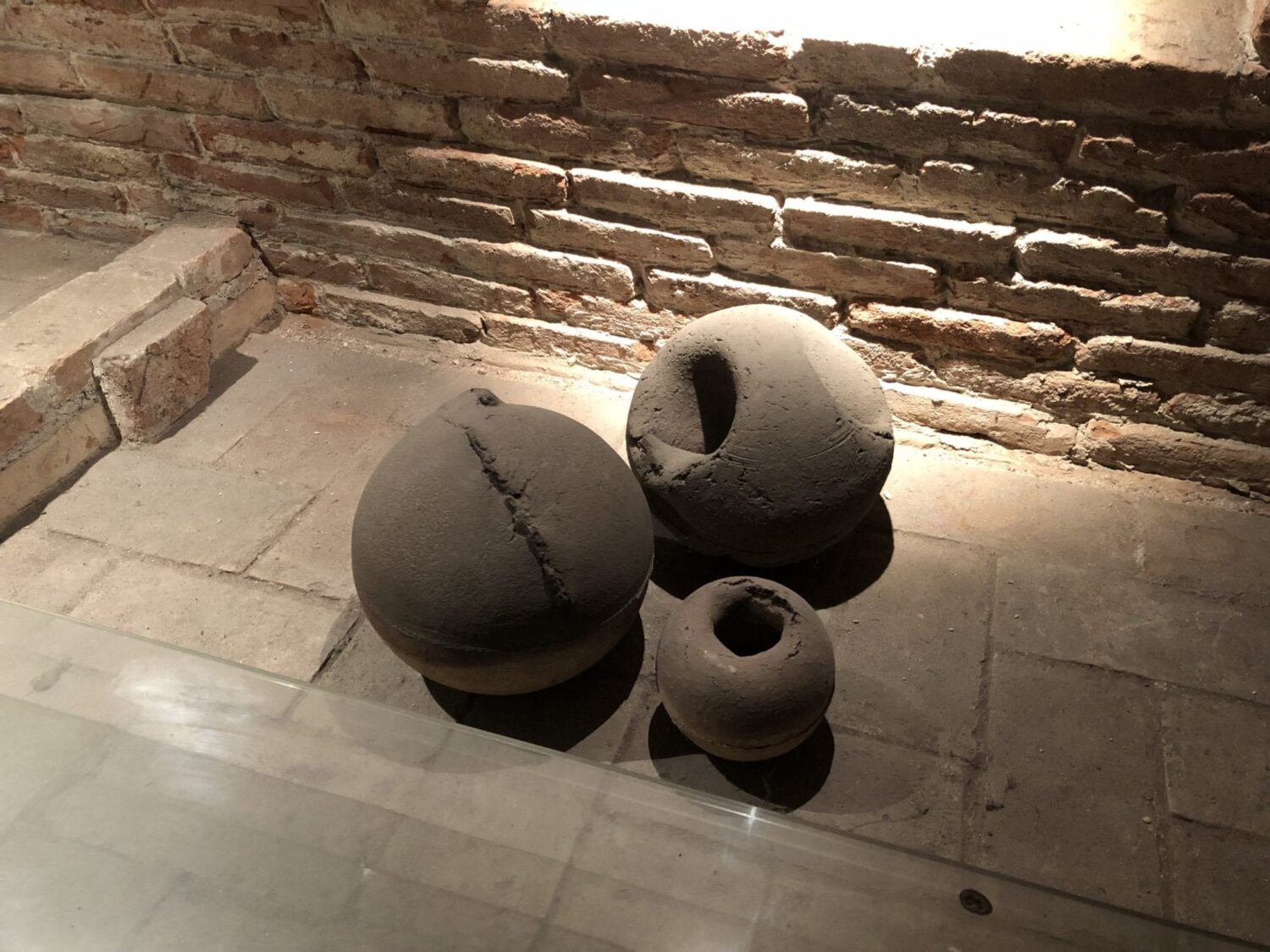
‘Materia’ comes from Latin ‘mater’, mother, and it was his goal to let Clay speak by itself, adopting minimal forms where the author recedes to allow its purest sound to emerge, without external meanings.
These photos are memories from that afternoon and hopefully the fragments will give you a sense of Alessio Tasca’s wide range of work and no frills approach, echoing a connection with industry, farming, so typical of his region, a tradition of hard work and conceptual rigor.
Tasca died this winter and I’m thankful to Cfile for letting me remember that day and his work in this collection of photos.
Text and Photographs by Alessandro Gallo

Thanks for the article, or I would never have known Alessio Tasca’s work. What a monumental artist, master at his craft. Love his sculptural forms, holding a sense of mystery and beauty of form.